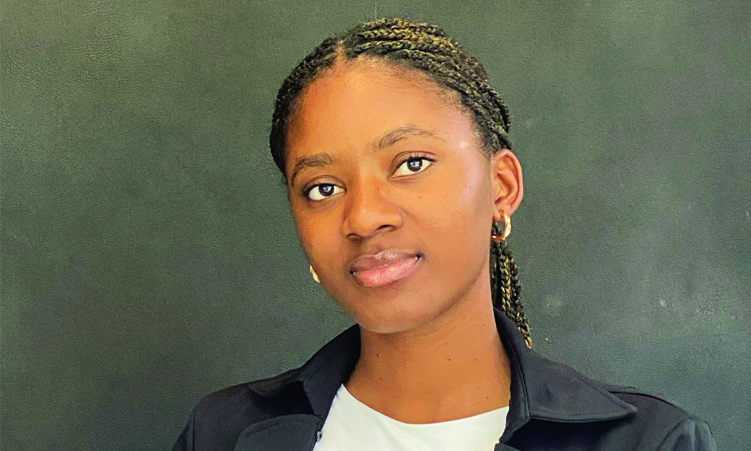With the rapid urbanisation of cities locally and worldwide, urban design has emerged as a sustainable approach to new urban development and regenerating existing designs.
Urban design focuses on a holistic approach to urban areas and involves architecture, spatial planning, engineering, landscape architecture, and environmental design.
Its goal is to shape the urban environment considering the natural, social, cultural, and economic factors influencing human settlements.
Urban design covers a wide range of scales, from a city-wide perspective down to streets and buildings.
It aims to enhance urban spaces by prioritising people’s well-being and ensuring that spaces are accommodating, efficient, and comfortable.
This is an ongoing process, especially in environments characterised by constant change and diverse populations.
It is connected to people’s social practices and the specific characteristics of spaces.
Urban design is distinguished by a creative combination of land development processes and design to enhance the arrangement of the built environment and the interaction between people and private spaces.
CURRENT REALITIES
Namibia’s urban population is increasing rapidly because of rural-urban migration, creating a higher demand for housing and leading to the expansion of informal settlements.
Local authorities are facing challenges in establishing fully functional and inclusive urban environments.
Urban design remains largely unexplored because of a lack of a clear framework in existing urban development policies and a national urban design policy guide. While urban design features are partly included in Namibian town planning schemes and architectural plans, they are considered inadequate.
Further, there is a lack of awareness and promotion of urban design.
Many local authorities view it as ‘nice-to-have’ expertise, rather than a necessity for creating liveable environments.
Many urban hubs in Namibia are characterised by informal settlements, where residents struggle to access affordable housing and basic services.
Issues with transportation, insufficient prioritisation of pedestrians and cyclists, and a lack of well-designed safe public spaces contribute to non-inclusive and inadequate urban development.
Green corridors, such as riverbeds, are undeveloped, unsafe, and often filled with waste, particularly in lower-income neighbourhoods.
Efforts to integrate green elements into developments are insufficient.
THE IMPORTANCE OF INCLUSIVITY
Urban design focuses on the needs and environment of urban dwellers.
It fosters collaboration among professionals in forming the built environment, ensuring practical, inclusive, and responsive urban development tools. Community participation is crucial in urban design, allowing residents to be integral to the process from start to finish.
Urban design is rooted in the emerging needs of people and their environment, offering tailored solutions rather than adopting utopian ideas from first world countries. It focuses on local needs.
Urban spaces can be transformed into more liveable environments that prioritise residents’ needs, promote social interaction, and provide access to essential services and amenities.
Well-designed urban areas attract businesses, talent, and investment, driving economic growth and increasing property values.
Creating attractive public spaces and efficient transportation networks can enhance the long-term value and resilience of urban properties.
It has the potential to revitalise central business districts, preserve heritage, and cater to the evolving needs of communities in emerging settlements.
This can ensure sustainable development and vibrant urban spaces for generations to come.
CALL TO ACTION
Urban design is crucial for Namibia’s development.
Towns built on European principles may not suit unique local contexts as they are borrowed from older, well-established cities with stronger economies.
Professionals and stakeholders involved in urban development need to prioritise urban design principles.
Neglecting thoughtful planning and design can render cities unliveable for the average citizen.
Local authorities must integrate urban design into settlement layouts and work within established frameworks at different scales.
Urban design is not just a ‘nice-to-have’ expertise but a crucial component in shaping urban environments for the betterment of all citizens.
– Soini Nangula has a master’s in urban design from the University of Cape Town, and is an urban designer at Kamau Town Planning and Development Specialists. This article is written in her personal capacity; soinienangula@outlook.com
Stay informed with The Namibian – your source for credible journalism. Get in-depth reporting and opinions for
only N$85 a month. Invest in journalism, invest in democracy –
Subscribe Now!








